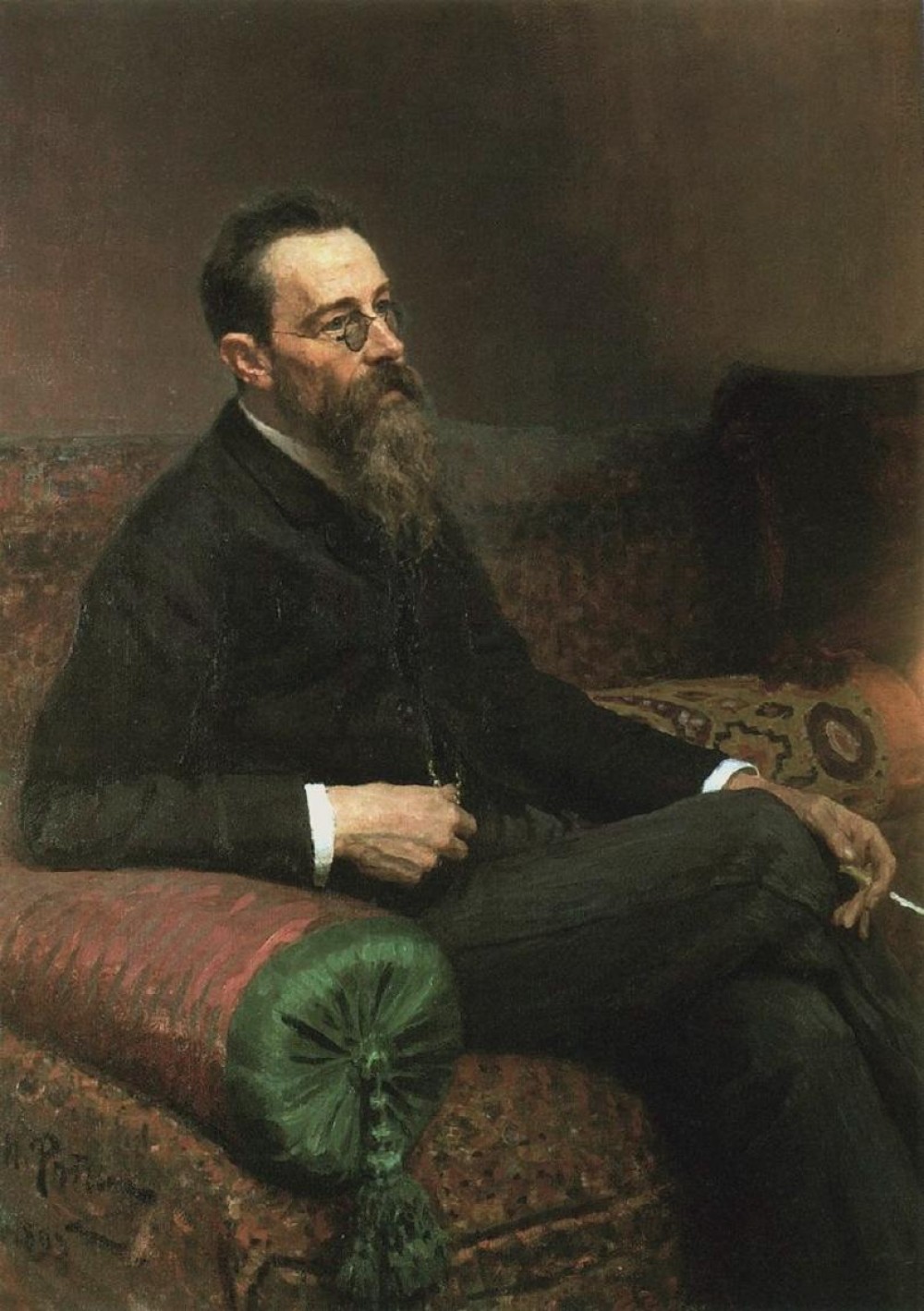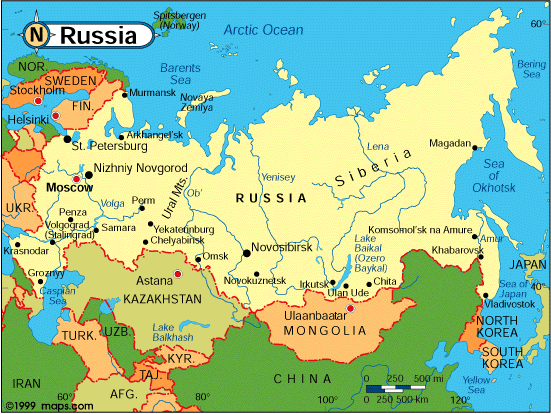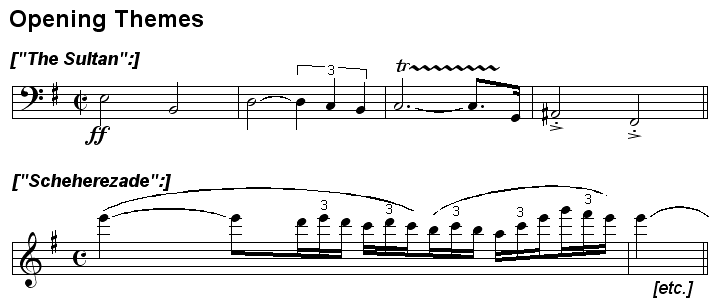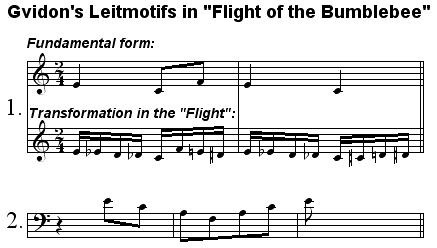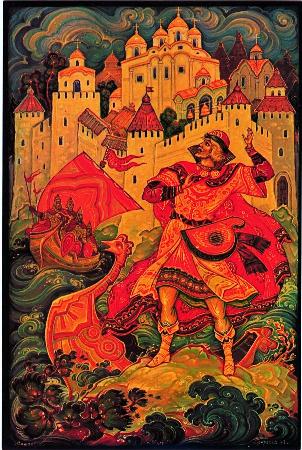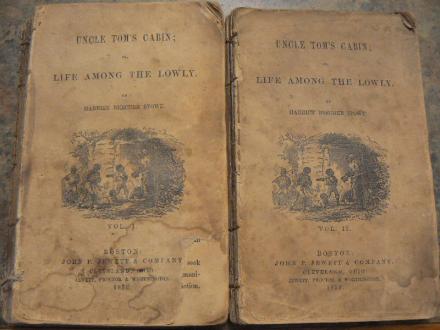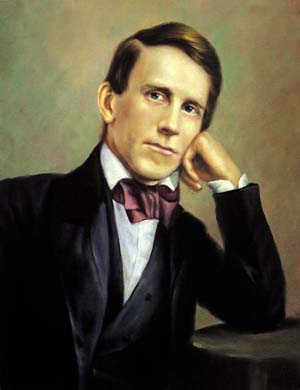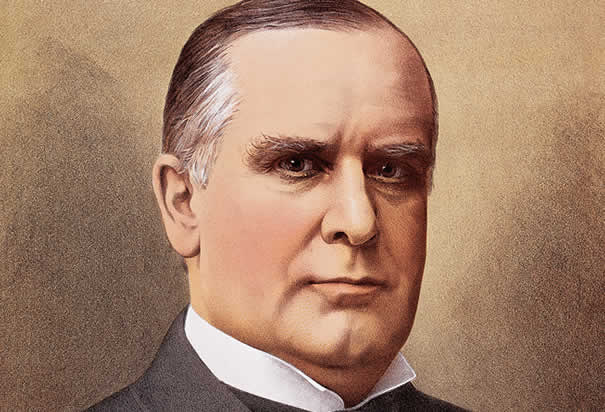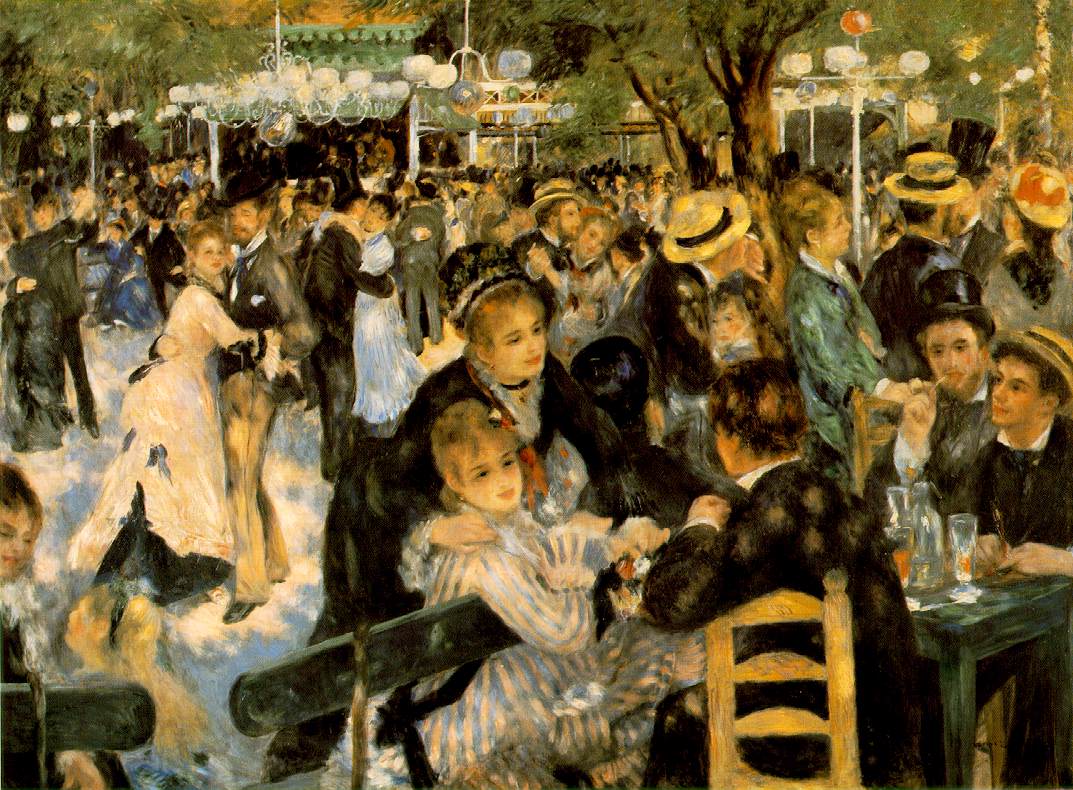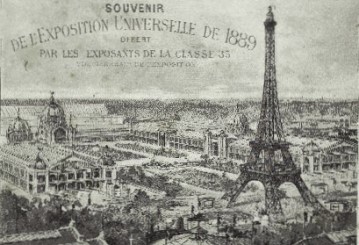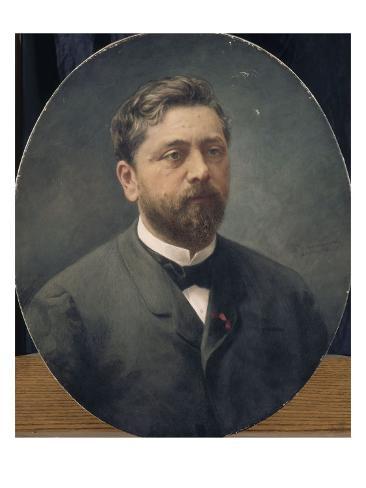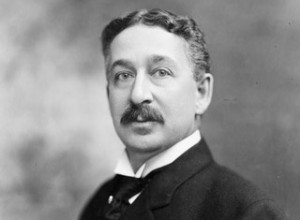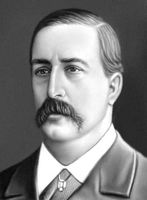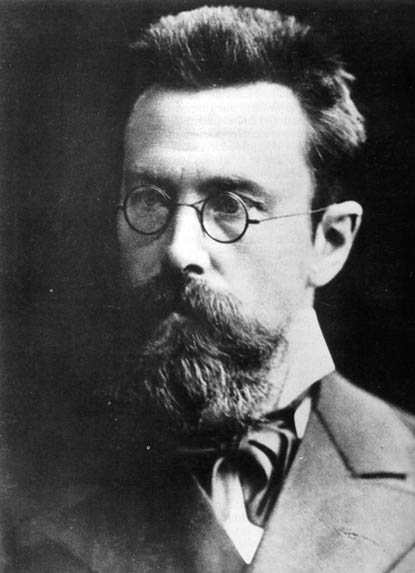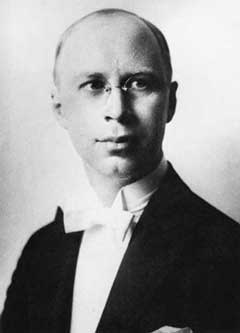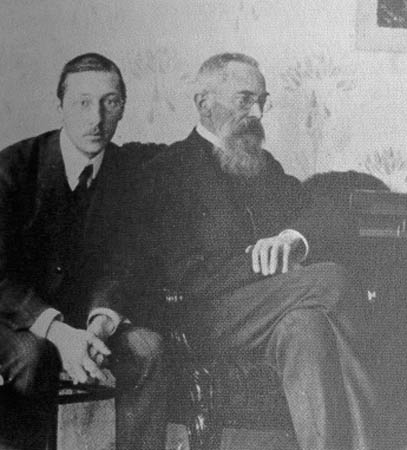COMPOSER PROFILE REPORT
COMPOSER’S LAST NAME:

COMPOSER’S LAST NAME:

Rimsky-Korsakov
COMPOSER’S FIRST NAME:
Nicolai
COUNTRY OF ORIGIN:
Russia
COMPOSER’S DATES:

NAME 5 FAMOUS COMPOSITIONS
 |
| Léon Bakst: La Sultane Bleue, 1910 A costume sketch for the ballet Schéhérazade. |
Scheherazade
Claus Peter Flor, Conductor
Rotterdams Philharmonisch Orkest
Flight of the Bumblebee
Zubin Mehta, Conductor
Berliner Philharmoniker
"Flight of the Bumblebee" is an orchestral
interlude written by Nikolai Rimsky-Korsakov
for his opera The Tale of Tsar Saltan,
composed in 1899–1900. The piece closes
Act III, Tableau 1, during which the magic
Swan-Bird changes Prince Gvidon
Saltanovich (the Tsar's son) into an
insect so that he can fly away to visit his
father (who does not know that he is alive).
(Gvidon goes down from the shore
into the sea. Out from the sea flies
a bumblebee, whirling around the
Swan-Bird.)
SWAN-BIRD:
Well, now, my bumblebee,
go on a spree,
catch up with the ship on the sea,
go down secretly,
get deep into a crack.
Good luck,
Gvidon, fly,
only do not stay long!
(The bumblebee flies away.)


3. Capriccio Espagnol
Op.34 (1887)
Based on Spanish melodies
Capriccio Espagnol
Nicholas Hersh, Conductor
Indiana University Ad Hoc Symphony Orchestra
Capriccio Espagnol
Nicholas Hersh, Conductor
Indiana University Ad Hoc Symphony Orchestra
I. Alborada 00:06
II. Variazioni 01:17
III. Alborada 06:10
IV. Scena e canto gitano 07:22
V. Fandango asturiano 12:36
II. Variazioni 01:17
III. Alborada 06:10
IV. Scena e canto gitano 07:22
V. Fandango asturiano 12:36

Russian Easter Festival Overture
Oskar Danon, Conductor
Brno State Philharmonic Orchestra, 1976
Oskar Danon, Conductor
Brno State Philharmonic Orchestra, 1976

NAME SOME FAMOUS PEOPLE
WHO WERE ALSO ALIVE DURING
THIS COMPOSER’S LIFETIME:
LITERATURE


Uncle
Tom's Cabin (1852)

Stevenson,
Robert Louis
Treasure Island (1882)
"Paul Revere's Ride"
Listen my children and you shall hear
Of the midnight ride of Paul Revere,
On the eighteenth of April, in Seventy-five;
Hardly a man is now alive
Who remembers that famous day and year…
MUSIC
Listen my children and you shall hear
Of the midnight ride of Paul Revere,
On the eighteenth of April, in Seventy-five;
Hardly a man is now alive
Who remembers that famous day and year…
MUSIC

Foster (known as the "father of American music,"
was the pre-eminent songwriter in the United
States of the 19th century. His songs, such as
"Oh! Susanna," "Camptown Races," "Old Folks
at Home" ("S(u)wanee River"), "My Old Kentucky
Home," "Old Black Joe," and "Beautiful Dreamer"
remain popular over 150 years after their composition.
HISTORY


American Civil War (1861)
The American Civil War was a four-year
armed conflict between northern and
southern sections of the United States.
It also is called the War Between the
States, the War of the Rebellion, the War
for the Union, and the War for Southern
Independence. Many Civil War battles
also have more than one name; in this
article, the more common names are used,
with alternative names in parentheses.
The fighting began April 12, 1861, and
lasted until April and May, 1865. There
was neither a formal declaration of war
nor a formal armistice.
 |
| Currier and Ives: 1863 The Battle of Gettysburg |
 |
| Antietam, Maryland: President Lincoln with General George B. McClellan and group of officers. October 3,1862 |

Lincoln, Abraham

McKinley, William
25th
US President (1897)

Roosevelt, Theodore
26th
US President (1901)
(He
succeeded the assassinated President McKinley)

ART
Whistler's Mother (1872)
Jungle
with a Lion (1905)

 |
| Henri Rousseau: Myself |

NAME SOME FAMOUS HISTORICAL,
SCIENTIFIC, AND OR LITERARY
HAPPENINGS THAT TOOK PLACE
DURING THIS COMPOSER’S LIFETIME:

SCIENTIFIC, AND OR LITERARY
HAPPENINGS THAT TOOK PLACE
DURING THIS COMPOSER’S LIFETIME:

Alfred Nobel, Inventor
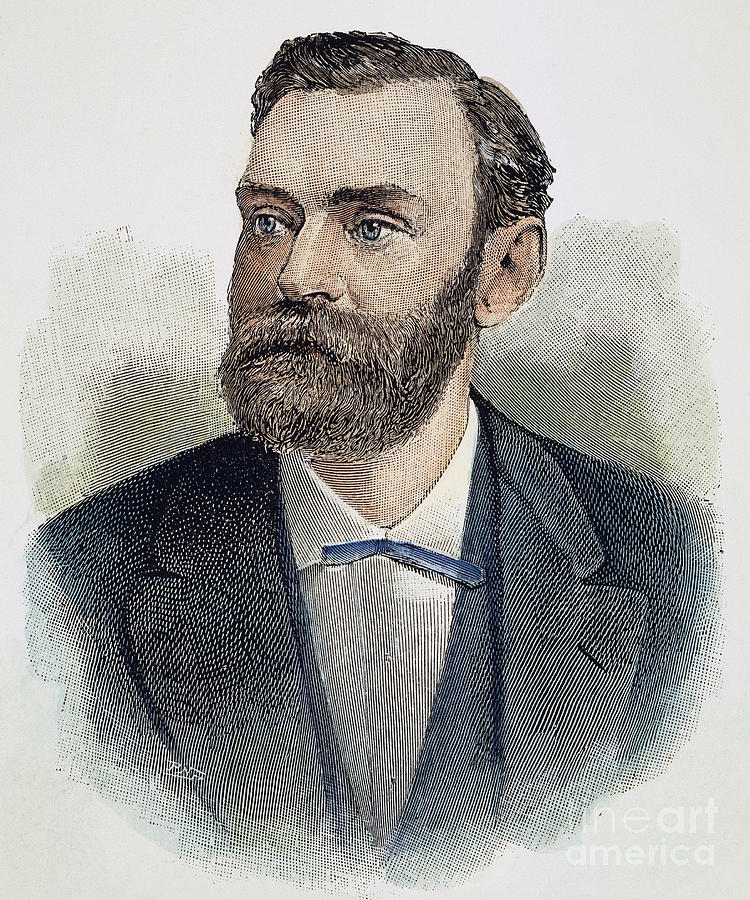 |
| Nobel: 1833-1896 Nobel Prizes established in 1896 |
 |
| The XX, the world's oldest pair of jeans, c1879. Kept in a fireproof safe in the LS & CO. Archives. |
Levi Strauss, Inventor
 |
| Strauss: 1829-1902 |
Levi Strauss (1829-1902) was an
entrepreneur who invented and
marketed blue jeans. Trained as
a tailor in Buttenheim, Bavaria,
Germany, Strauss went to San
Francisco, USA from New York
in 1853. Strauss sold dry goods,
including tents and linens to the
entrepreneur who invented and
marketed blue jeans. Trained as
a tailor in Buttenheim, Bavaria,
Germany, Strauss went to San
Francisco, USA from New York
in 1853. Strauss sold dry goods,
including tents and linens to the
49ers (the people who came to the
California gold rush, which began
in 1849). In 1873, Strauss and
Jacob Davis, a Nevada tailor,
patented the idea (devised by
Davis) of using copper rivets at
the stress points of sturdy work
pants.
Early levis, called "waist overalls,"
came in a brown canvas duck fabric
and a heavy blue denim fabric. The
duck fabric pants were not very
successful, so were dropped early
on. His business became extremely
successful (and still is), revolutionizing
the apparel industry.
came in a brown canvas duck fabric
and a heavy blue denim fabric. The
duck fabric pants were not very
successful, so were dropped early
on. His business became extremely
successful (and still is), revolutionizing
the apparel industry.

Eiffel Tower in Paris (1889)
 |
| Seurat: The Eiffel Tower-1889 |
wrought-iron lattices, which formed the basis
of his bridge constructions and led to his
project for the1,056 foot Eiffel Tower. He
was mainly recognized as an engineer and
bridge builder. It is less well known that he
designed the armature for the Statue of
Liberty in New York Harbor, USA. He
gained his expertise in construction by
of his bridge constructions and led to his
project for the1,056 foot Eiffel Tower. He
was mainly recognized as an engineer and
bridge builder. It is less well known that he
designed the armature for the Statue of
Liberty in New York Harbor, USA. He
gained his expertise in construction by
designing ironwork for bridges.
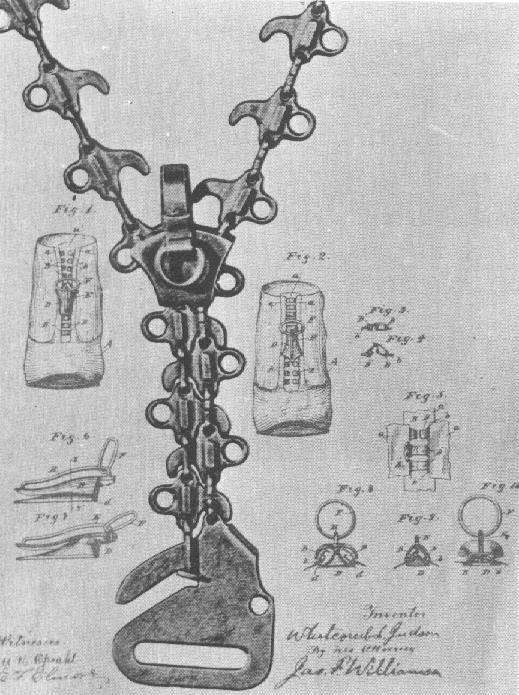
Whitcomb L. Judson, Inventor
Whitcomb L. Judson was an American
engineer from Chicago, Illinois, who
invented a metal zipper device with
locking teeth in 1890. Judson patented
his "clasp-locker'' on Aug. 29, 1893;
later in 1893, he exhibited this new
invention at the Chicago World's Fair.
He never succeeded in marketing his
new device. The zipper was improved
by the Swedish-American engineer,
Gideon Sundbach, and was named by
the B.F. Goodrich Company in 1923.
Judson died in 1909, before his device
became commonly used and well-known.
He was rewarded with the title 'Father of
the Zipper' which was narrowly missed
by Elias Howe.

It may be amusing to know that Judson
invented the slide fastener thanks to his
invented the slide fastener thanks to his
friends stiff back, who couldn't do up his
shoes. Judson came up with slide
fastener that could be opened and
closed with one hand. Later it proved
to be useful.
 |
| Model of the first Gillette razor and blade based on the U.S. patent drawing. |
King Camp Gillette, Inventor

DESCRIBE WHAT YOU THINK
THIS COMPOSER’S OVERALL
COMPOSITIONAL STYLE IS
AND WHAT IS DISTINCTIVE ABOUT IT.
He based many of his 15 operas
on Russian history and folklore.

His music was often nationalistic;
celebrating the culture of countries
(his country of origin and others).

He was a master of orchestration
(the arranging of a musical composition
for performance by an orchestra).

"The right music played by the right
instruments at the right time
in the right combination:
that's good orchestration."

WRITE YOUR PERSONAL OPINION
ABOUT THE MUSICAL STYLE
OF THIS COMPOSER AND EXPLAIN
ABOUT THE MUSICAL STYLE
OF THIS COMPOSER AND EXPLAIN

IF POSSIBLE, CAN YOU LIST ANY
INTERNET WEB ADDRESSES
ABOUT THIS COMPOSER?
http://geocities.com/farinal/start.html
INTERNET WEB ADDRESSES
ABOUT THIS COMPOSER?
http://geocities.com/farinal/start.html
http://www.karadar.com/PhotoGallery/korsakov.html
http://www.gather.com/viewArticle.jsp?articleId=281474977
148752&grpId=3659174697240038&nav=Explore#comments
http://www.russianlaw.net/RK/NARK.htm
http://it.stlawu.edu/~rkreuzer/pbearse/rimsky-korsakov.htm
http://www.vor.ru/English/MTales/tales_077.html
http://www.waterloo.k12.wi.us/~branzolewskil/donepgs/pagef2.htm
http://www.mahalo.com/Nikolai_Rimsky-Korsakov
http://www.russianlaw.net/RK/nrklife.htm
http://www.russianlaw.net/RK/creative.htm
http://www.geocities.com/Vienna/3606/start.html
http://classicalmusic.suite101.com/article.cfm/nikolai_rimskykorsakov
http://homepages.pathfinder.gr/great_composers/bios/Rimsky-Korsakov_bio.htm
http://stpetersburg-guide.com/people/rimsky-korsakov.shtml
http://www.vor.ru/English/MTales/tales_040.html
http://blog.allmusic.com/2008/06/12/finding-a-ticket-on-the-good-ship-scheherazade/
http://austinbaugh.blogspot.com/2011/08/better-know-composer-rimsky-korsakov_18.html
http://www.gather.com/viewArticle.jsp?articleId=281474977
148752&grpId=3659174697240038&nav=Explore#comments
http://www.russianlaw.net/RK/NARK.htm
http://it.stlawu.edu/~rkreuzer/pbearse/rimsky-korsakov.htm
http://www.vor.ru/English/MTales/tales_077.html
http://www.waterloo.k12.wi.us/~branzolewskil/donepgs/pagef2.htm
http://www.mahalo.com/Nikolai_Rimsky-Korsakov
http://www.russianlaw.net/RK/nrklife.htm
http://www.russianlaw.net/RK/creative.htm
http://www.geocities.com/Vienna/3606/start.html
http://classicalmusic.suite101.com/article.cfm/nikolai_rimskykorsakov
http://homepages.pathfinder.gr/great_composers/bios/Rimsky-Korsakov_bio.htm
http://stpetersburg-guide.com/people/rimsky-korsakov.shtml
http://www.vor.ru/English/MTales/tales_040.html
http://blog.allmusic.com/2008/06/12/finding-a-ticket-on-the-good-ship-scheherazade/
http://austinbaugh.blogspot.com/2011/08/better-know-composer-rimsky-korsakov_18.html

MISCELLANEOUS COMMENTS:
He was a member of a young Russian
composer's group known as
"The Five" or "Mighty Handful"

which stressed their national heritage.
Mighty Handful
Mighty Handful

music theory, and so he taught himself
counterpoint, harmony, and musical
form becoming one of the world's
greatest music theorists.

Several
of his students achieved
fame as composers, including
Sergei Prokofiev
("Peter and the Wolf")
fame as composers, including
Sergei Prokofiev
("Peter and the Wolf")
Lessons and Worksheets
On Rimsky-Korsakov
http://www.lessontutor.com/bf11.html
http://jgubler.files.wordpress.com/2011/02/classics-for-kids-handout.pdf
http://jgubler.files.wordpress.com/2011/02/rimsky-korsakov-classics-for-kids-question-sheet.pdf
https://drive.google.com/folderview?id=0BwNn0RZSo2rBbC1zR3lWcjJCdm8&usp=sharing
http://www.uen.org/Lessonplan/preview?LPid=1718
On Rimsky-Korsakov
http://www.lessontutor.com/bf11.html
http://jgubler.files.wordpress.com/2011/02/classics-for-kids-handout.pdf
http://jgubler.files.wordpress.com/2011/02/rimsky-korsakov-classics-for-kids-question-sheet.pdf
https://drive.google.com/folderview?id=0BwNn0RZSo2rBbC1zR3lWcjJCdm8&usp=sharing
http://www.uen.org/Lessonplan/preview?LPid=1718
